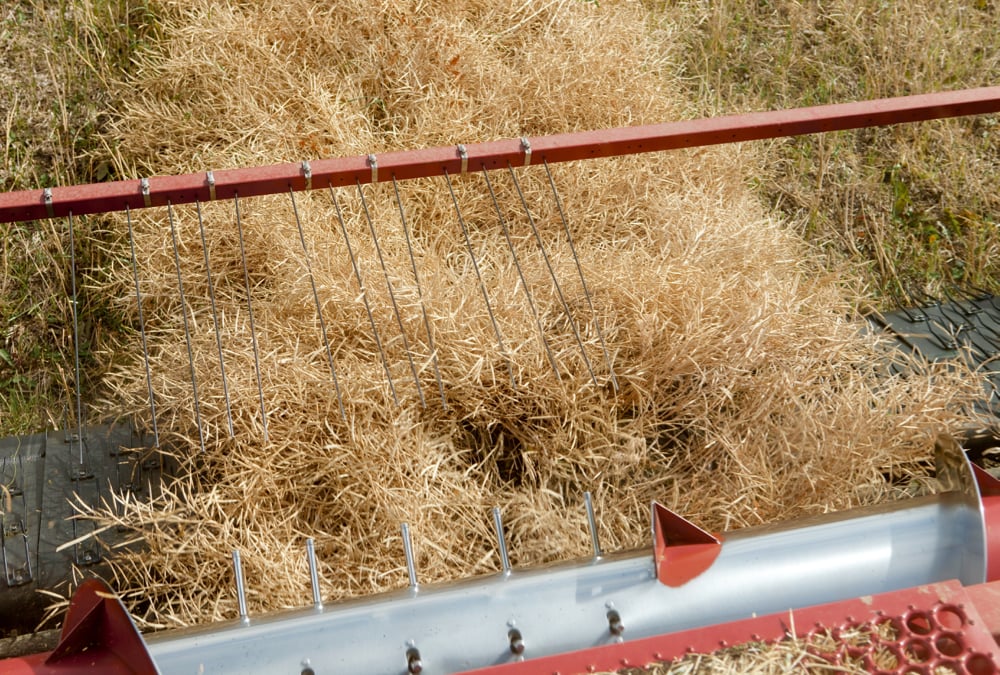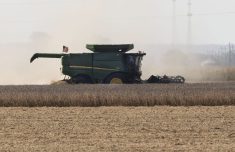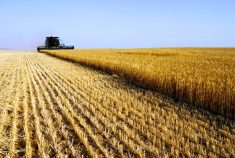BRANDON — Farmers can be wrong when they think they suddenly have a salinity situation in their fields.
They might have the salinity, but it might not be new.
“When I hear people in the (Red River) valley say ‘I’ve never seen salinity before,’ I don’t think that’s so much the problem,” said Manitoba Agriculture land management specialist Marla Riekman in a session at the recent Manitoba Ag Days.
The real problem?
“They’ve never grown so many soybeans before.”
Riekman said salinity can be a hidden problem in fields growing only salt-tolerant crops or forages, such as wheat, barley or sunflowers.
Read Also

Alberta harvest wrapping up: report
Harvest operations advanced to 96 per cent complete in Alberta as of Oct. 7, with only a few late-seeded cereal and canola fields remaining, according to the latest provincial crop report.
Corn and soybeans can’t handle salinity, so when they get put into a rotation where salty water is rising they can reveal the problem quickly.
“You’ve got a very susceptible plant in a mildly saline system,” said Riekman.
“It’s going to start showing up as a problem.”
Riekman suggested farmers think about salinity control as water management. The problem comes from a high water table bringing up salty water, so lowering the water table is key.
That can be done by planting high water use plants such as sunflowers or alfalfa in “recharge” areas where precipitation recharges the water table, and growing salt tolerant crops in the “discharge” areas, where salty water emerges.
Riekman said it can be tempting to think that scraping off salty soil could fix the problem, but as long as water keeps rising in that area, the problem will recur.
Tile drainage can help, but many areas have soils that don’t allow effective tile drainage. Surface drainage doesn’t reduce water flowing to the surface, just gets it off more quickly.
Contact ed.white@producer.com

















